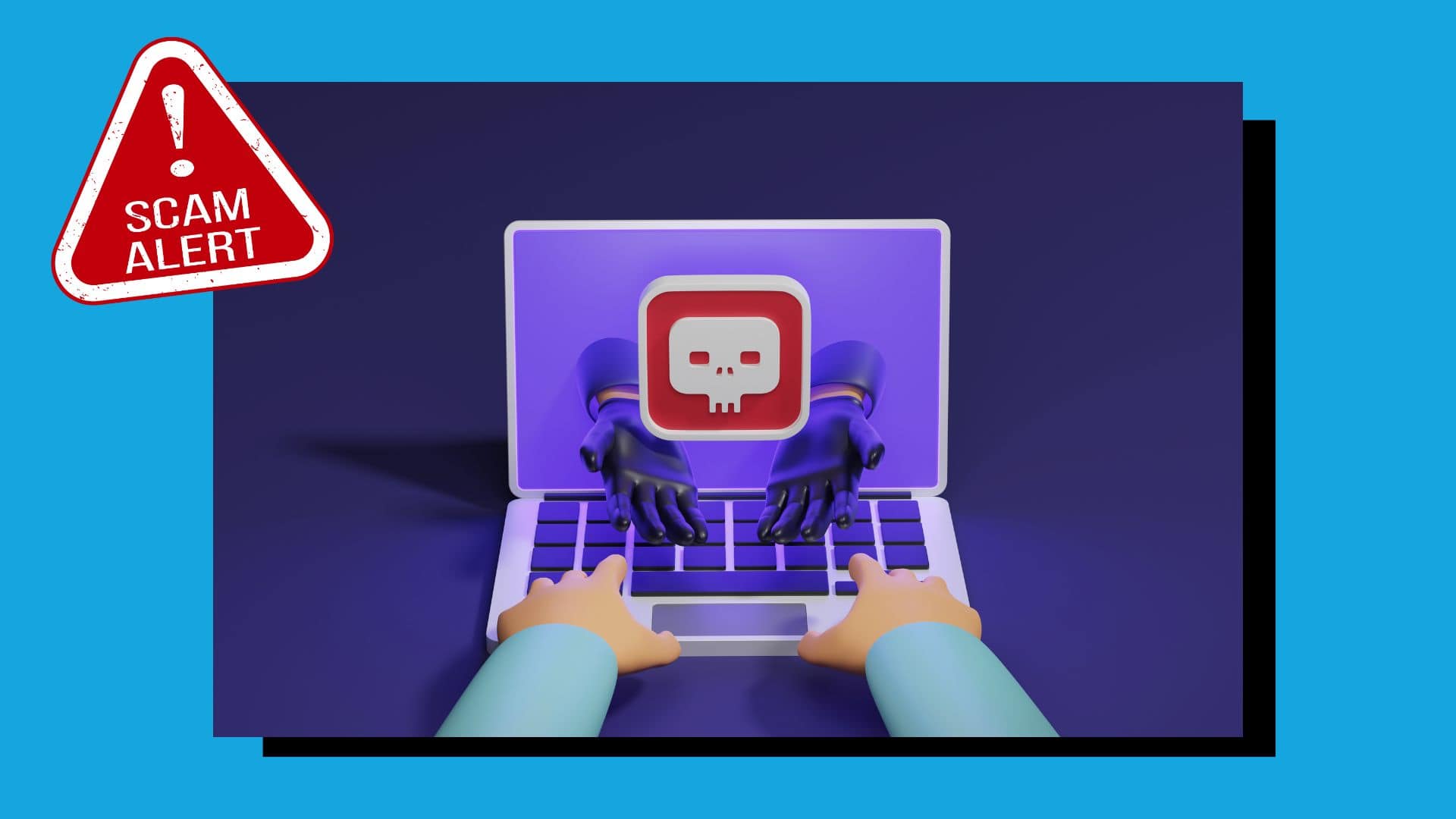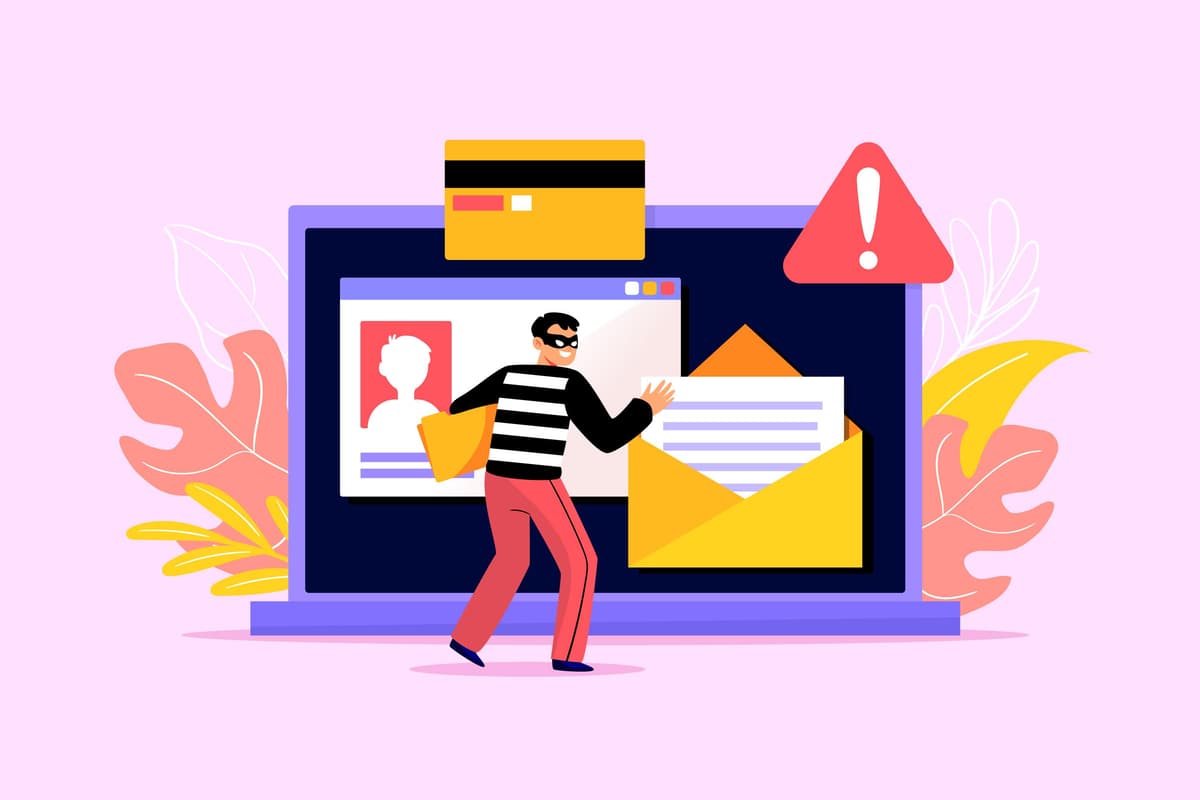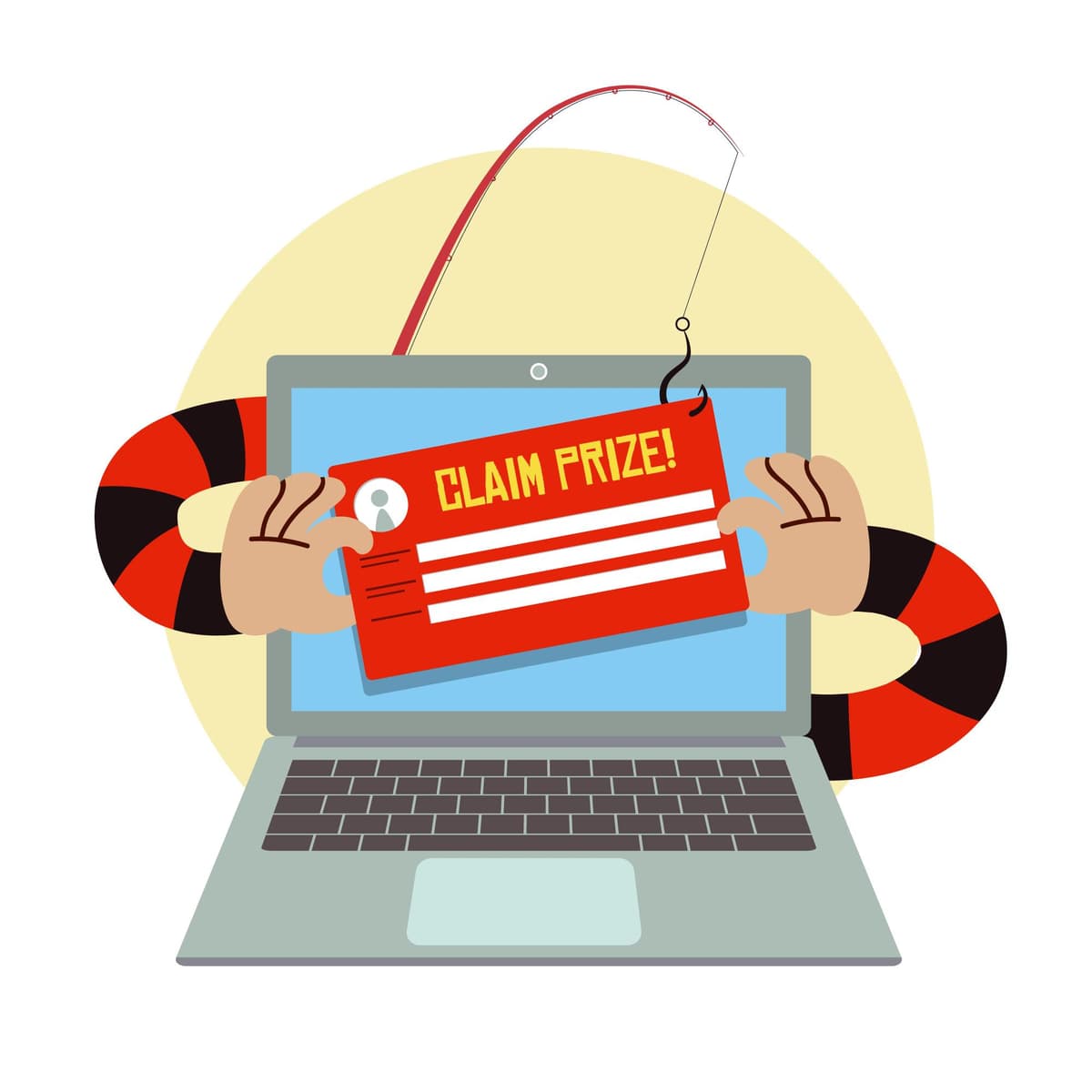
Email scams are a growing concern in today’s digital world. As cybercriminals become more sophisticated, it’s crucial to stay informed about the latest tricks and tactics they use. Even if you think you can spot a phishing email from a mile away, it’s always good to refresh your knowledge and learn about the most common email scams out there. Here are the top 10 email scams you need to be aware of so you can protect your family, friends, colleagues, and yourself.

One of the most widespread email scams is the fake invoice scam. This scam targets businesses, particularly their finance departments. Scammers send an email that appears to be from a legitimate supplier or service provider, complete with an attached invoice. The email creates a sense of urgency, pressuring the recipient to pay immediately for goods or services they never ordered. They might also threaten legal action for nonpayment to pressure you into acting quickly. Some variations even use a spoofed email address that closely resembles that of a real supplier, making it harder to distinguish from a genuine email. Additionally, fake invoices might include small, hard-to-notice errors in product descriptions or quantities. Make sure to confirm the validity of an invoice by contacting the supplier directly before making any payments.
Another common scam involves emails that claim your email account will expire unless you take immediate action. These emails frequently seem to come from trusted providers like Google or Microsoft or even from your company’s IT department. The email includes a link to an authentic-looking login where you’re prompted to enter your credentials. Scammers often use realistic-looking URLs that are only slightly different from the genuine ones. They might also include convincing security warnings and may even personalize these emails with your name or other personal details. In order to avoid falling victim, never click on links in such emails. Instead, go directly to the service provider’s website to investigate account issues.
The advance-fee scam is a classic that preys on people’s desire for easy money. You receive an email from someone claiming to be a foreign dignitary or businessperson who needs your help to transfer a large sum of money. In return for your assistance, they promise you a generous reward. All you have to do is pay some upfront fees. Of course, you’ll never see any money, and the scammer will disappear with your payment.
The Google Docs scam is particularly dangerous because it appears to come from someone you know. You are sent an email inviting you to view a document on Google Docs. When you click the link, you’re taken to a fake login page that looks just like the actual Google login page. Once you enter your credentials, the scammer gains access to your account. They can use compromised accounts to send more phishing emails. Be sure to verify the sender and be cautious when clicking links to shared documents.

With millions of users worldwide, Paypal is a prime target for scammers. These emails repeatedly look like official communications from Paypal, complete with logos and fine print. They inform you of an issue with your account and urge you to click a link to resolve it. The link leads to a fake login page designed to steal your credentials. Similar to other email scams, it’s safer to log in directly to the website’s page instead of clicking links in emails.
Scammers exploit the trust employees place in emails from their human resources departments. In this scam, you receive an email that appears to be from HR, usually with a critical request to update your personal information or review an important document. The email includes a link or attachment that, once clicked, installs malware on your device. Personal information requests should be confirmed with your HR department before taking any action.
Dropbox scams operate similarly to the Google Docs scam. You receive an email stating that someone has shared a file with you on Dropbox or a file is too large and needs to be opened with a link within the email. When you click the link, you’re taken to a fake Dropbox login page, where your credentials are stolen.

Lottery scams are another long-standing trick. You receive an email claiming you’ve won a lottery or sweepstakes that you didn’t enter. The email asks for your personal information to process your winnings. In reality, the scammer uses this information for identity theft. Remember, if you didn’t enter a lottery, you didn’t win one. Legal lotteries never ask for payments to claim a prize.
Scammers continually exploit fear and urgency with emails asserting that there has been suspicious activity on your account. These emails can appear to come from banks, social media platforms, or other services you use. They include a link to a fake login page where your credentials are harvested. Contact the company using a phone number or website you know is legitimate to avoid scams like these.
Survey scams entice you with the promise of rewards for completing a survey. You are invited to take a survey on a topic you’re passionate about. However, the link installs malware on your device or directs you to a phishing site. Some survey scams ask for payment upfront, promising compensation that never comes. Do not indulge in unsolicited survey invitations, and research the company before participating in a survey.
Email scams are constantly evolving, and your best defense is staying informed. Always be doubtful of unrequested emails, especially those that create a feeling of haste or ask for personal information. By understanding the tactics scammers use, you can better protect yourself and others from falling victim to these sophisticated cons. When in doubt, verify the legitimacy of the email by contacting the supposed sender through known, trusted channels. Stay vigilant and keep your personal information safe.